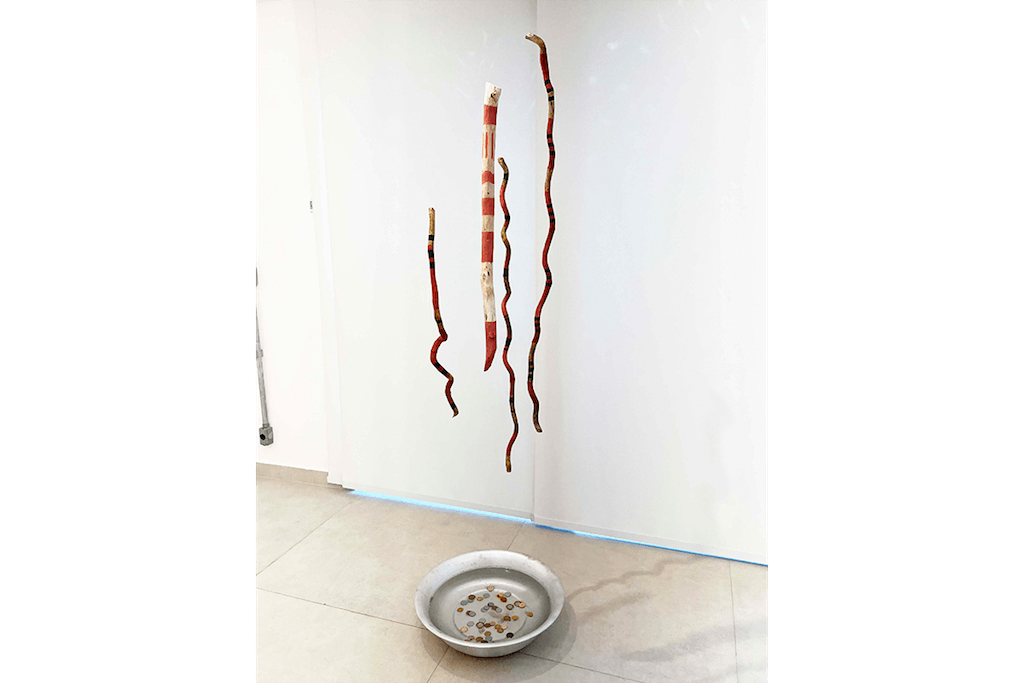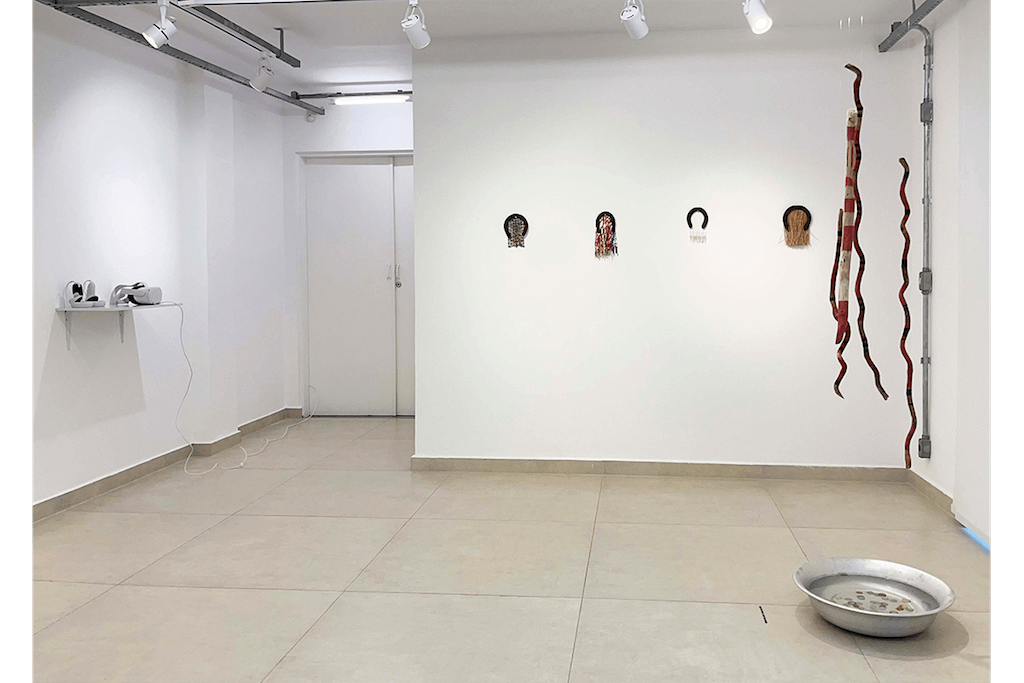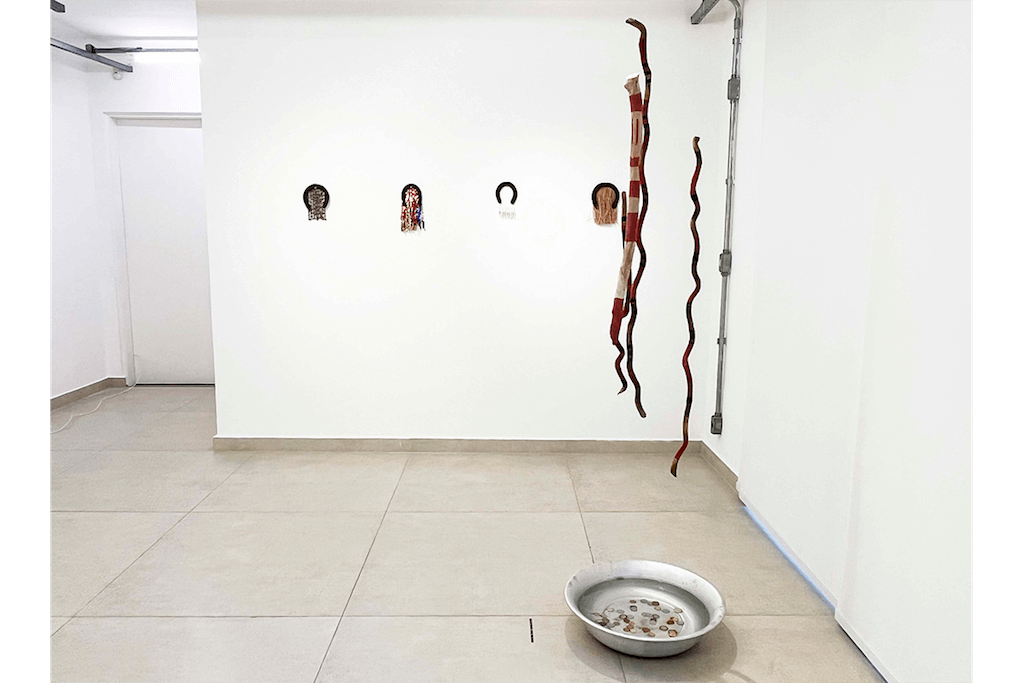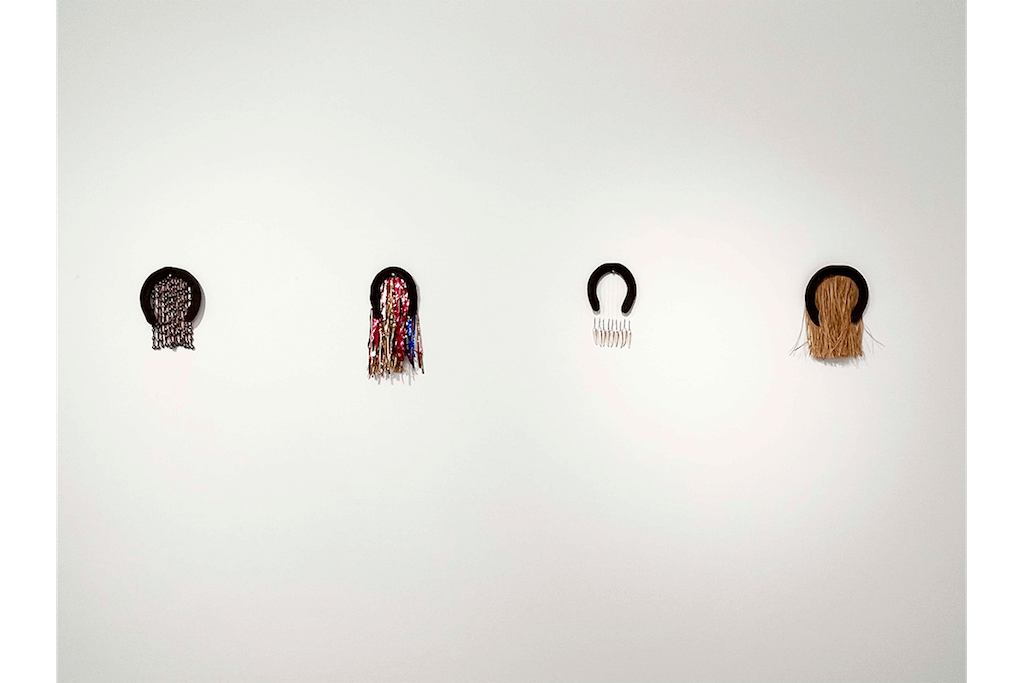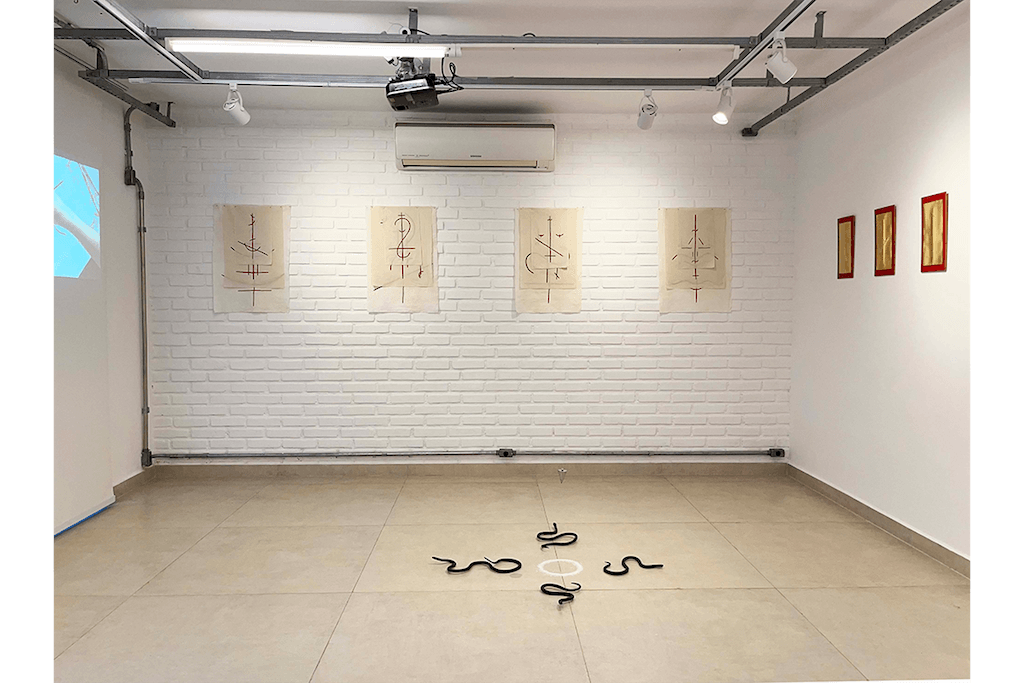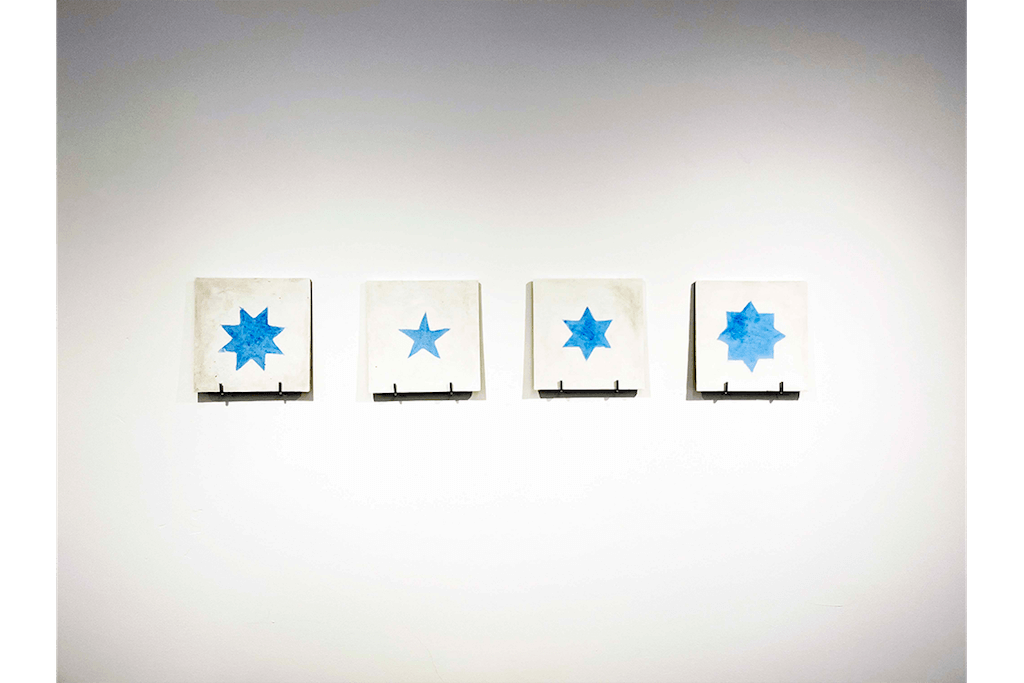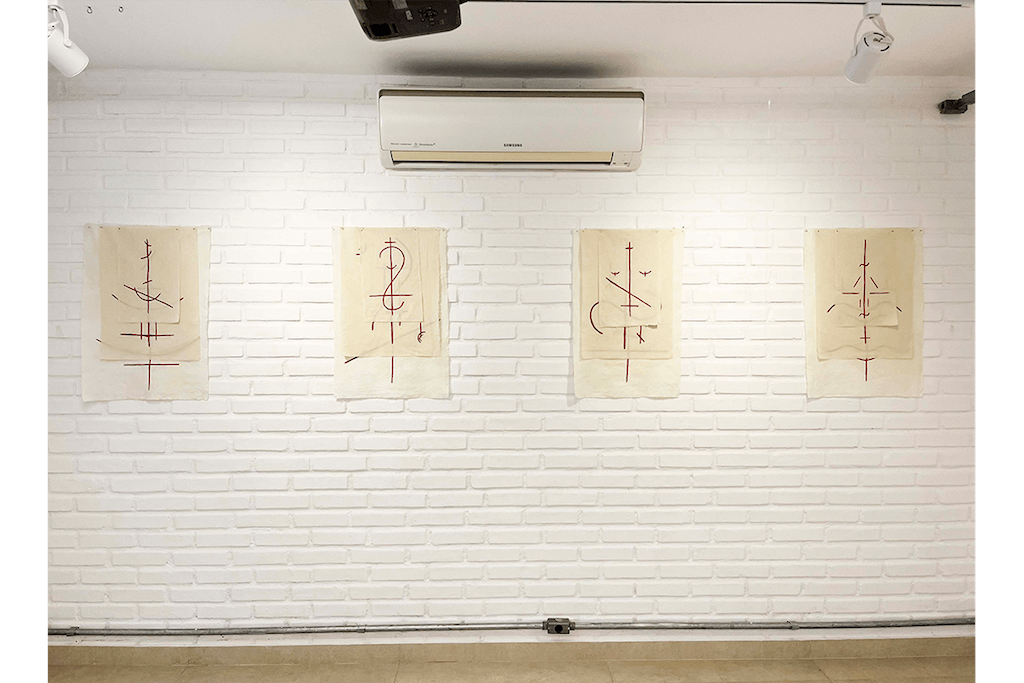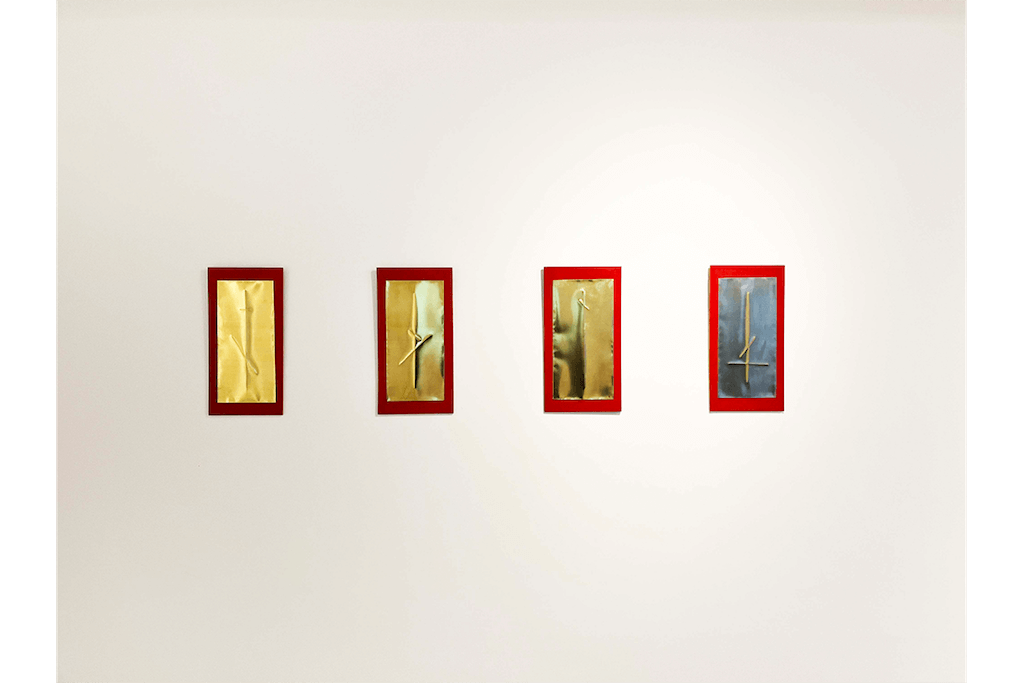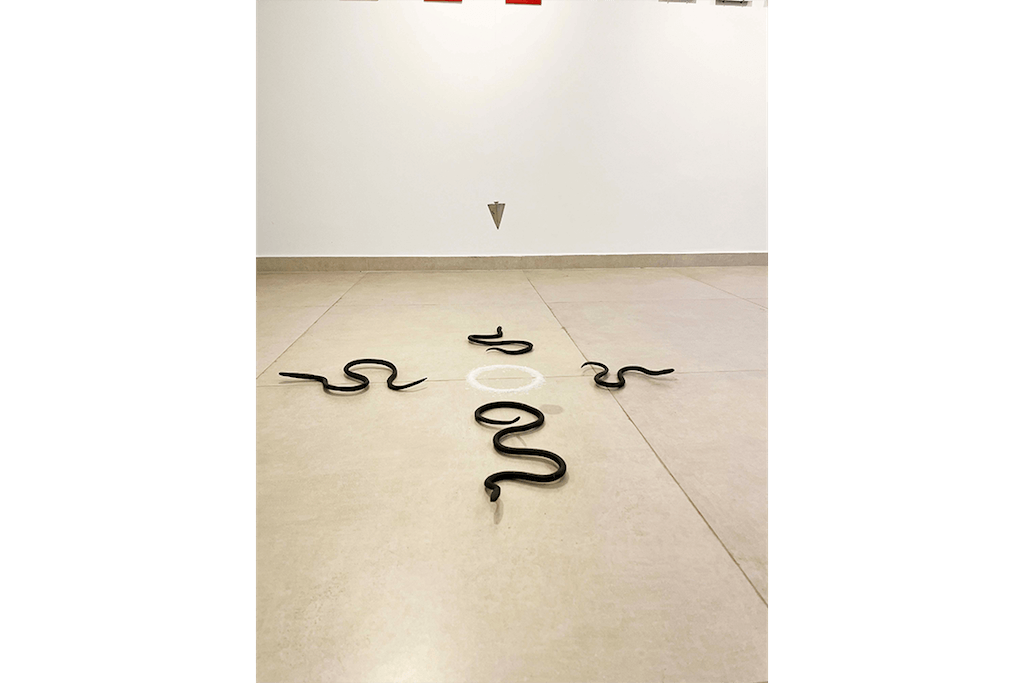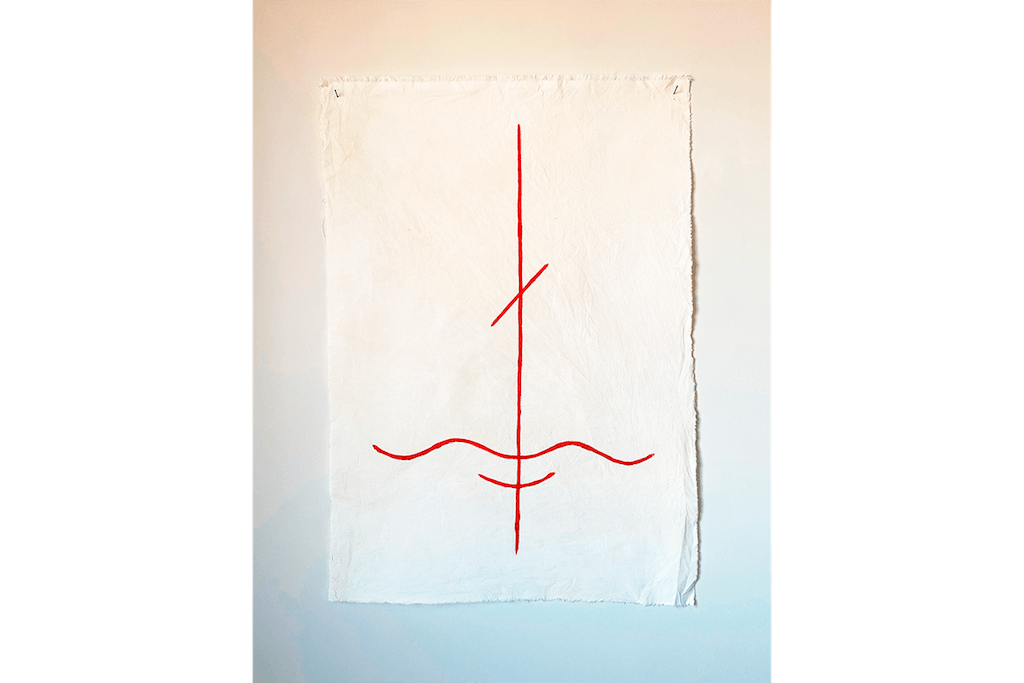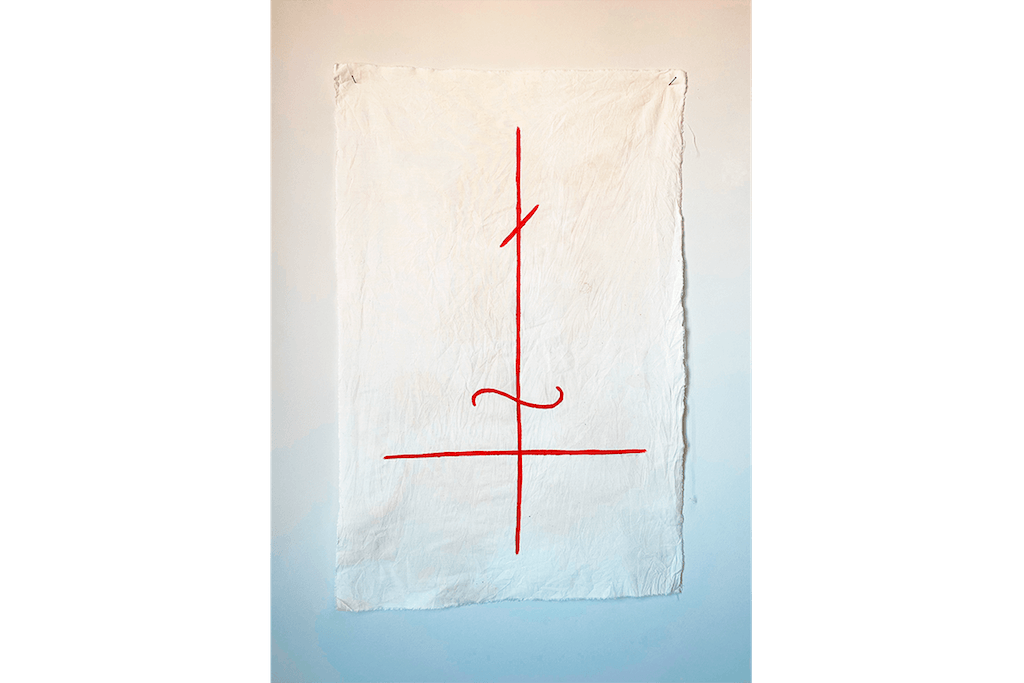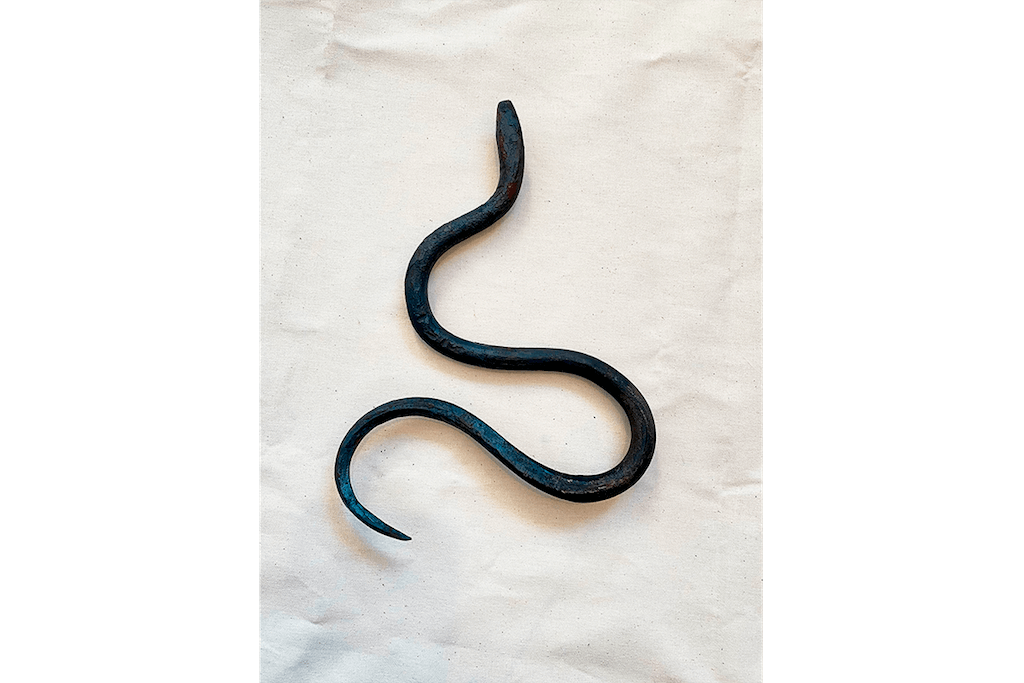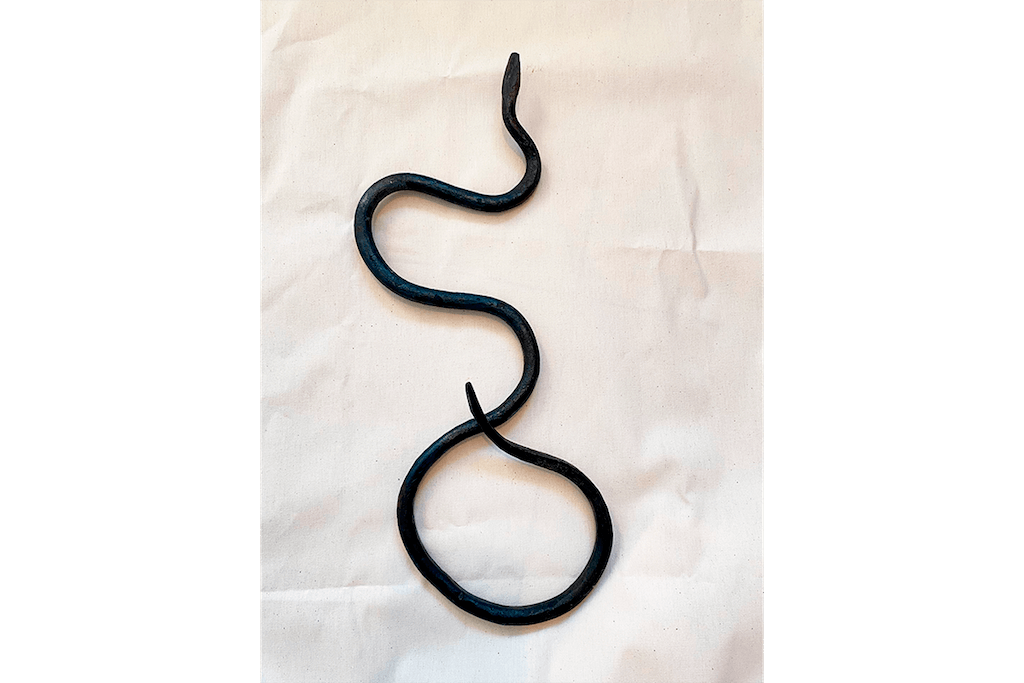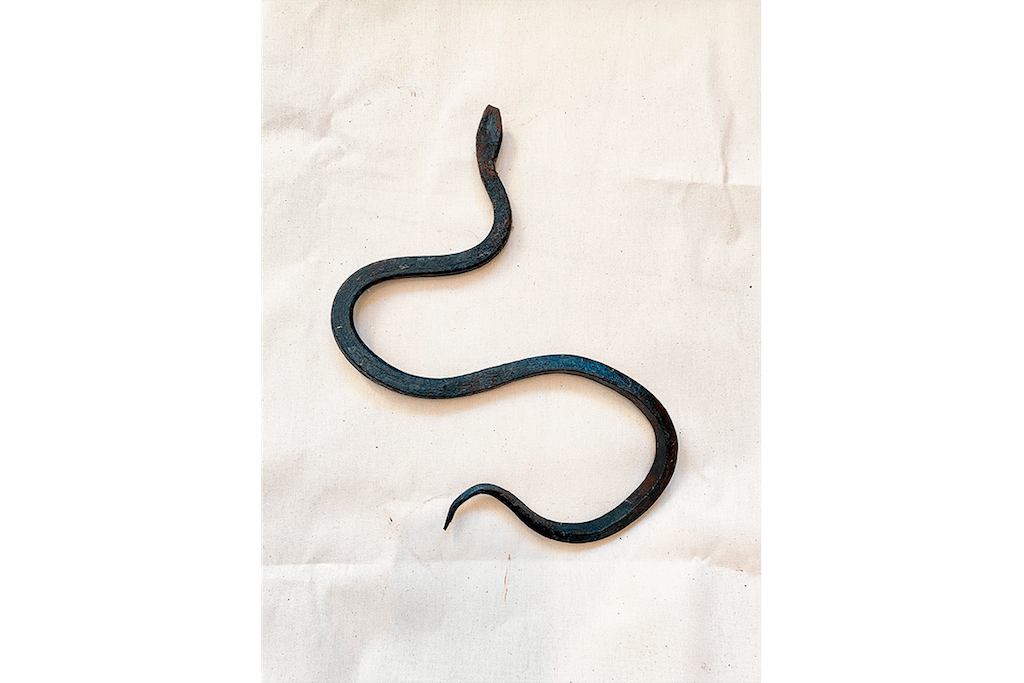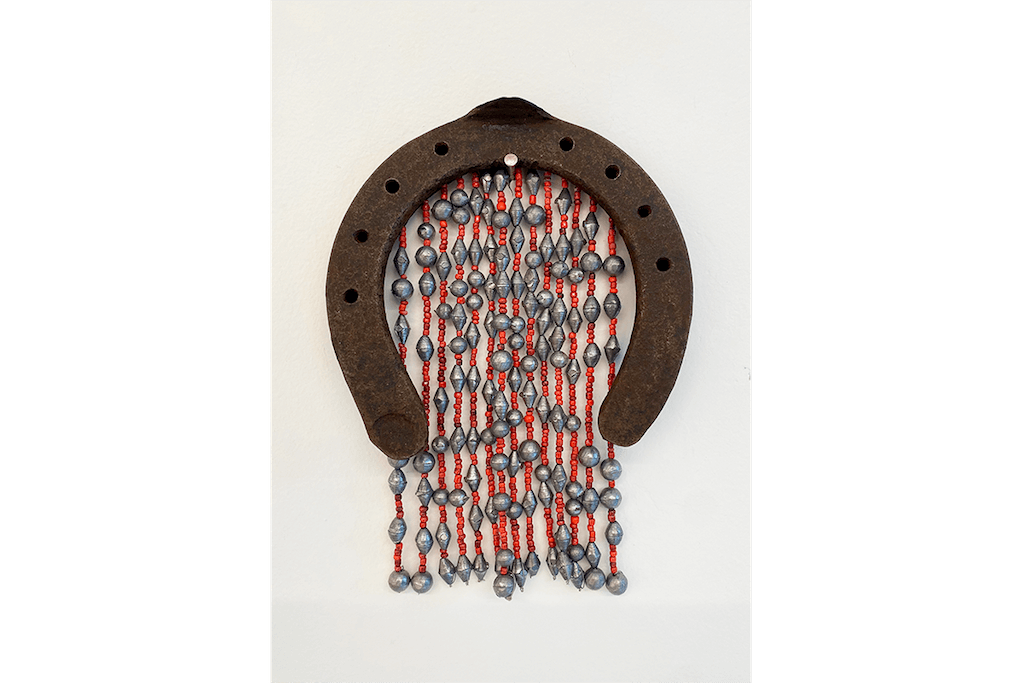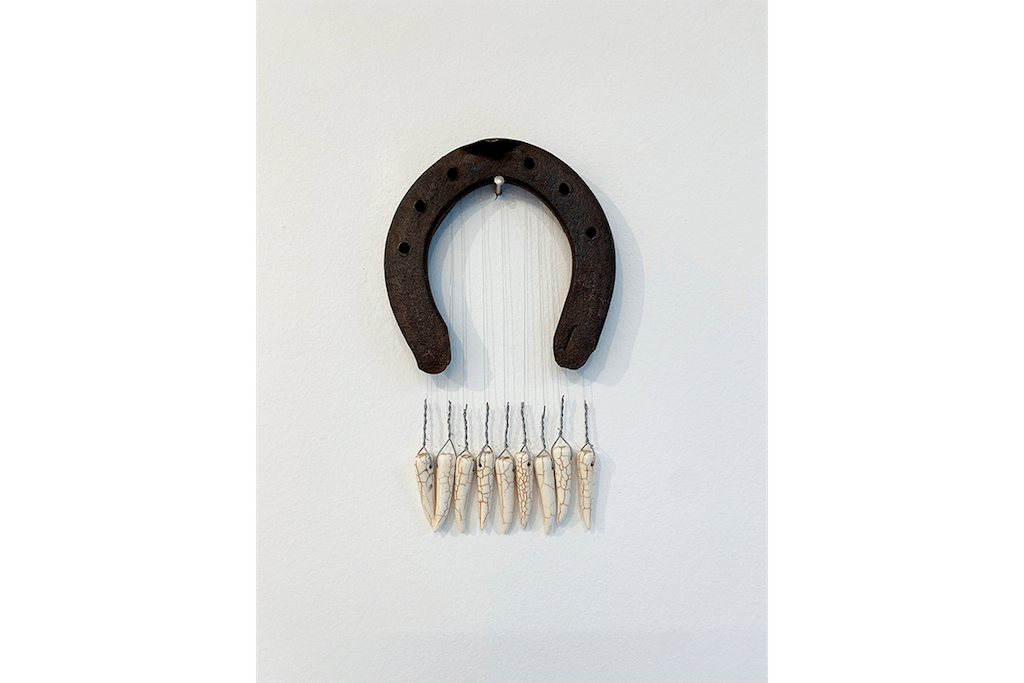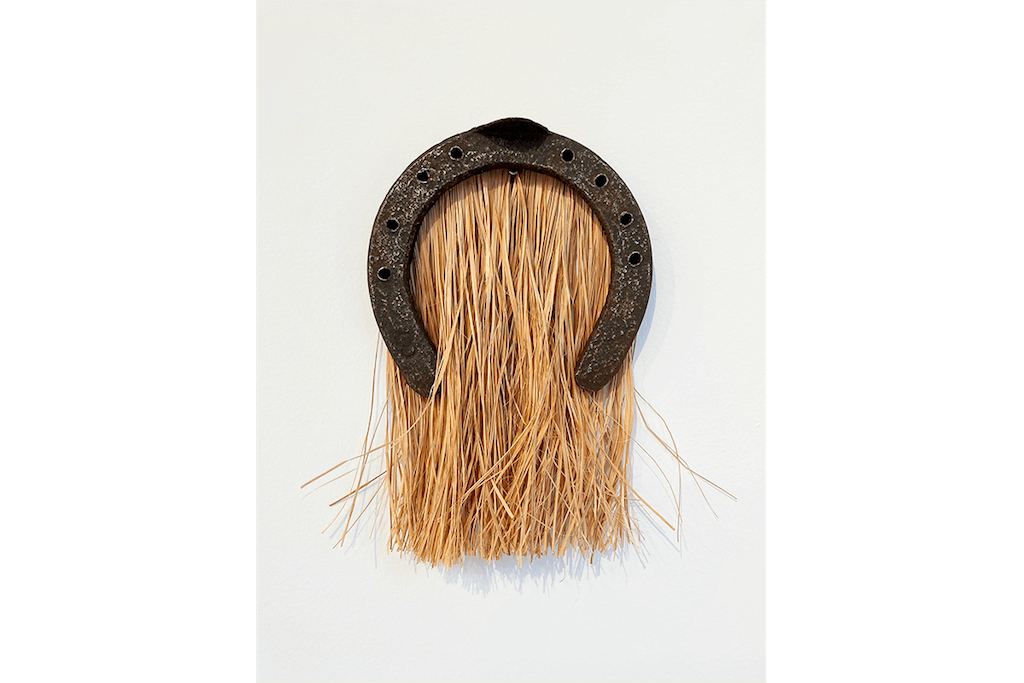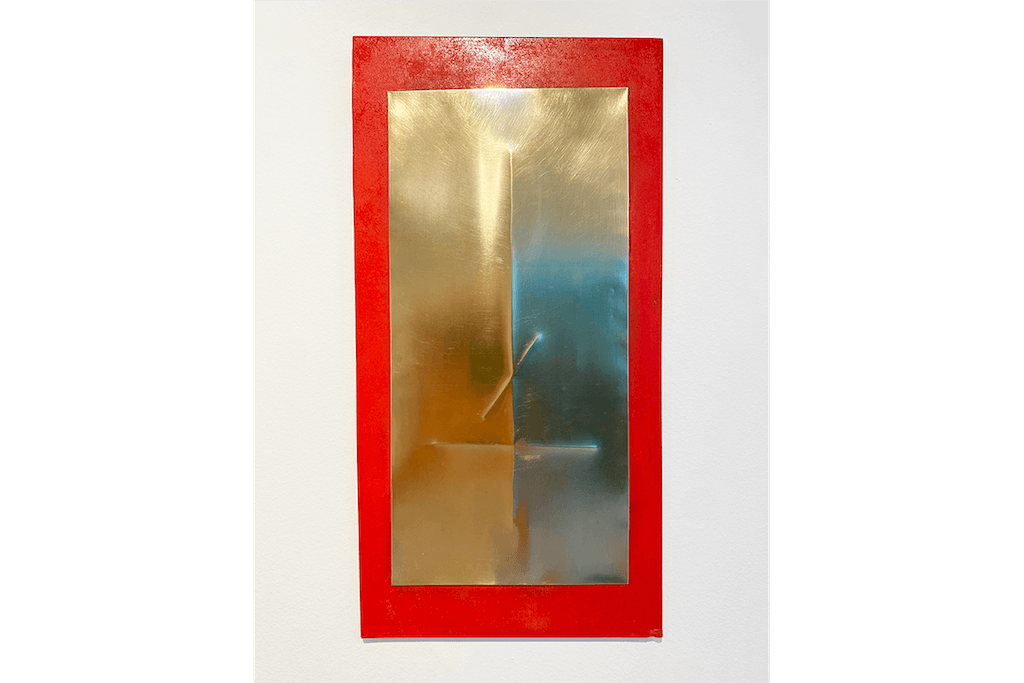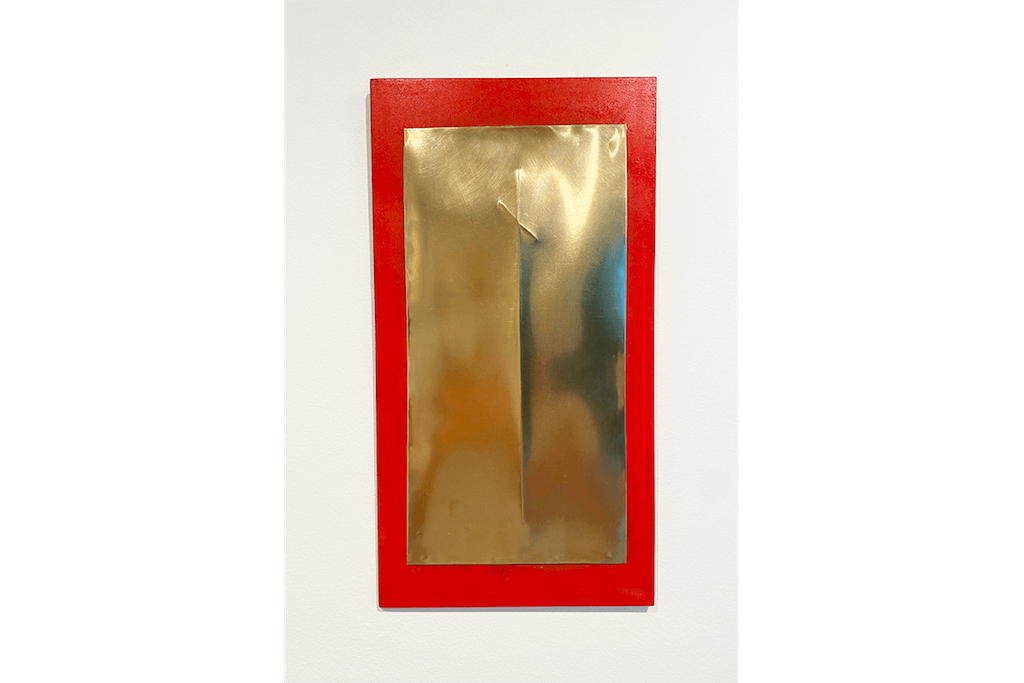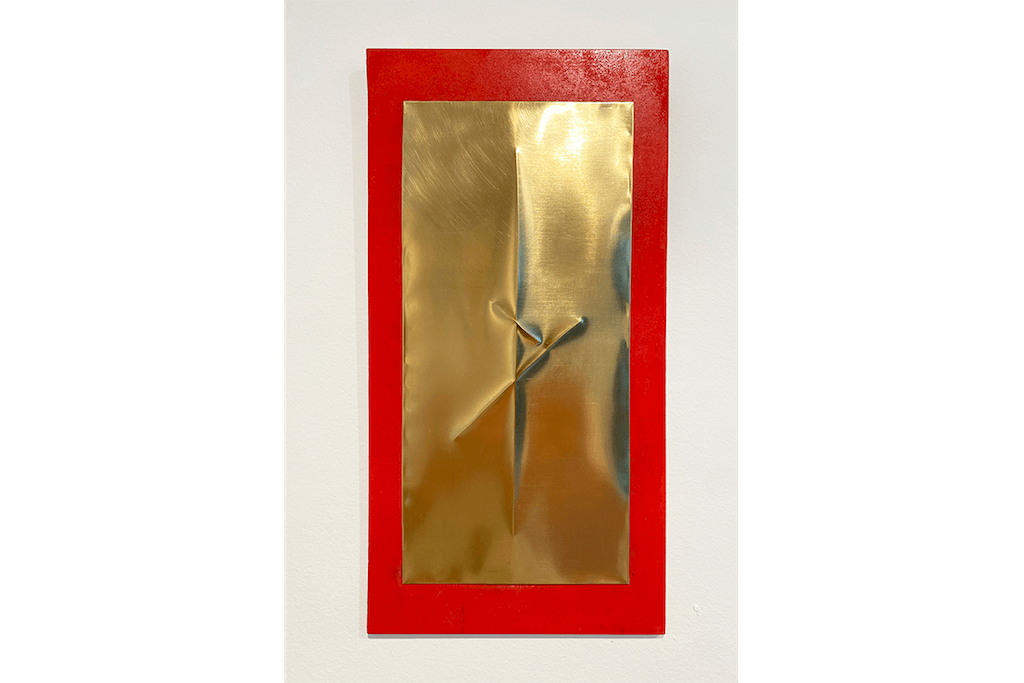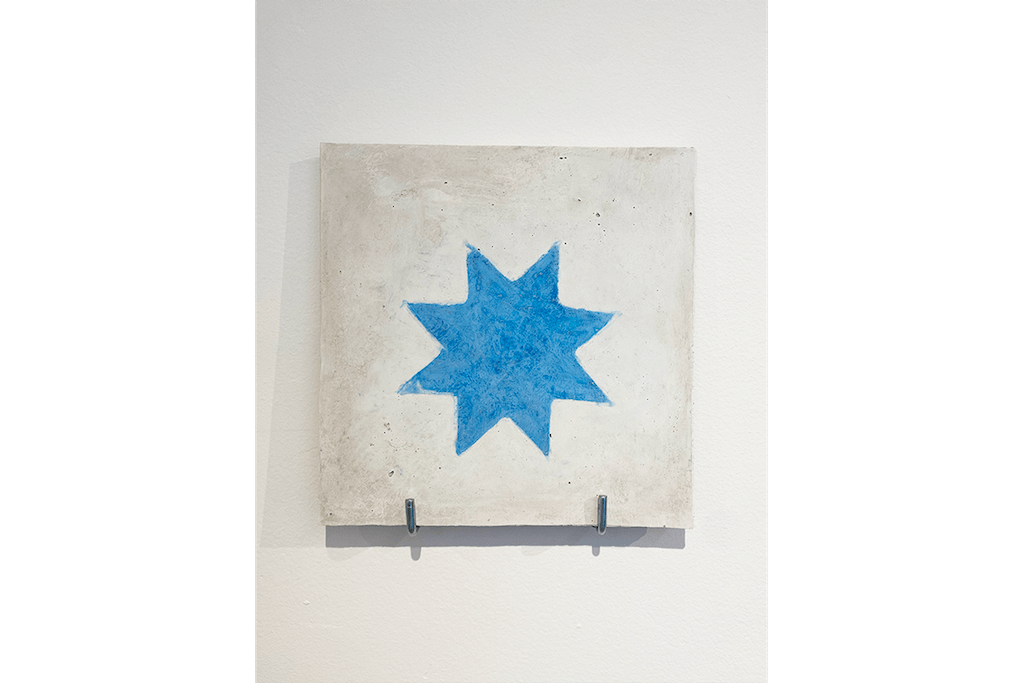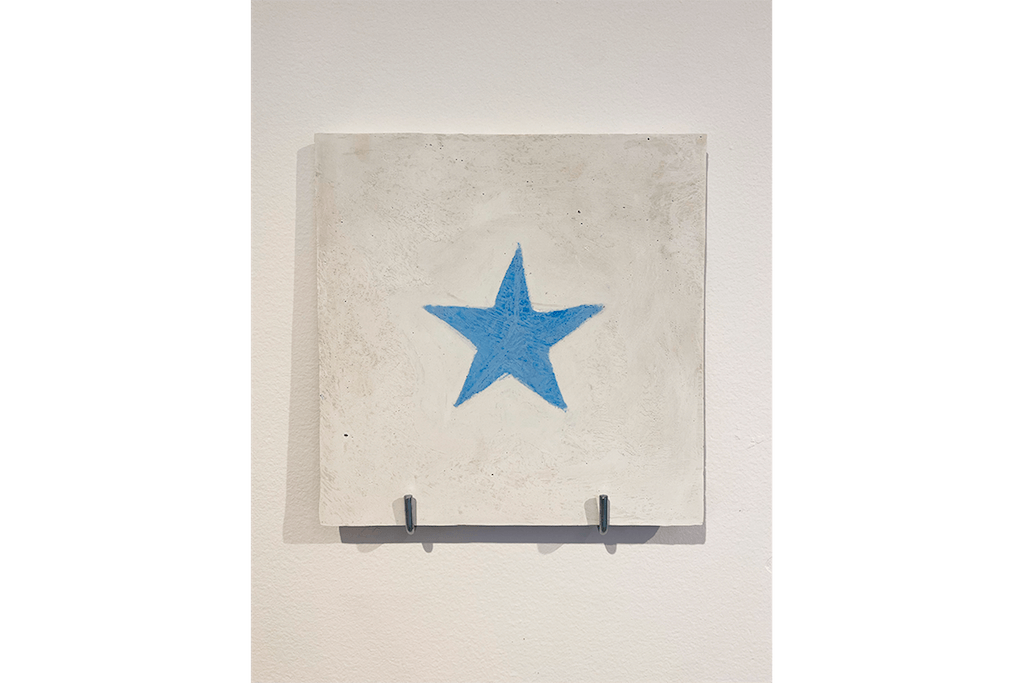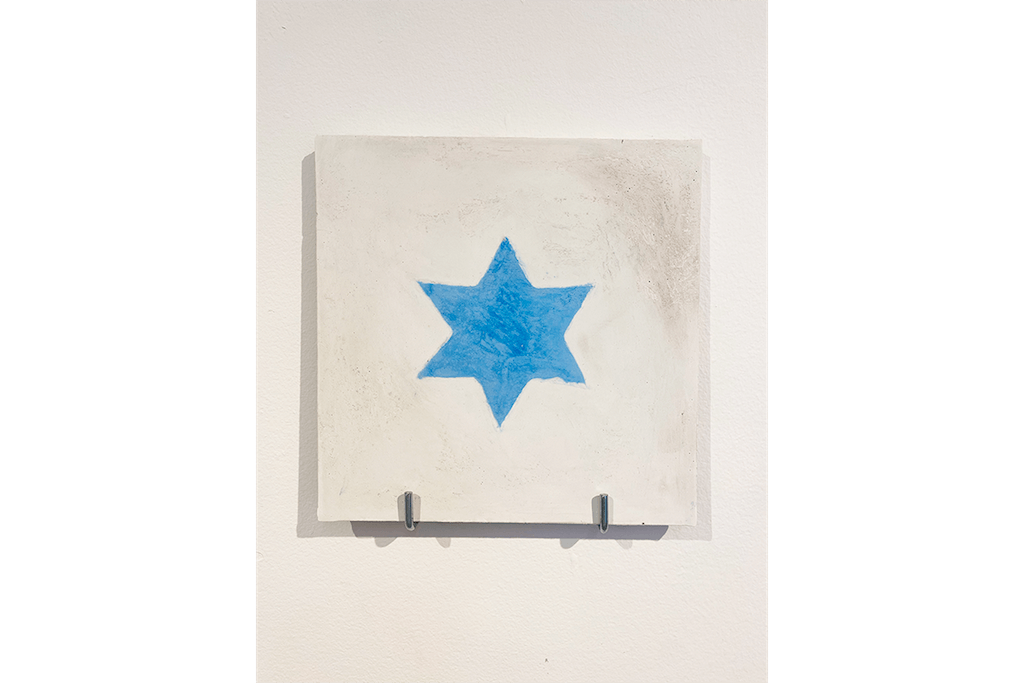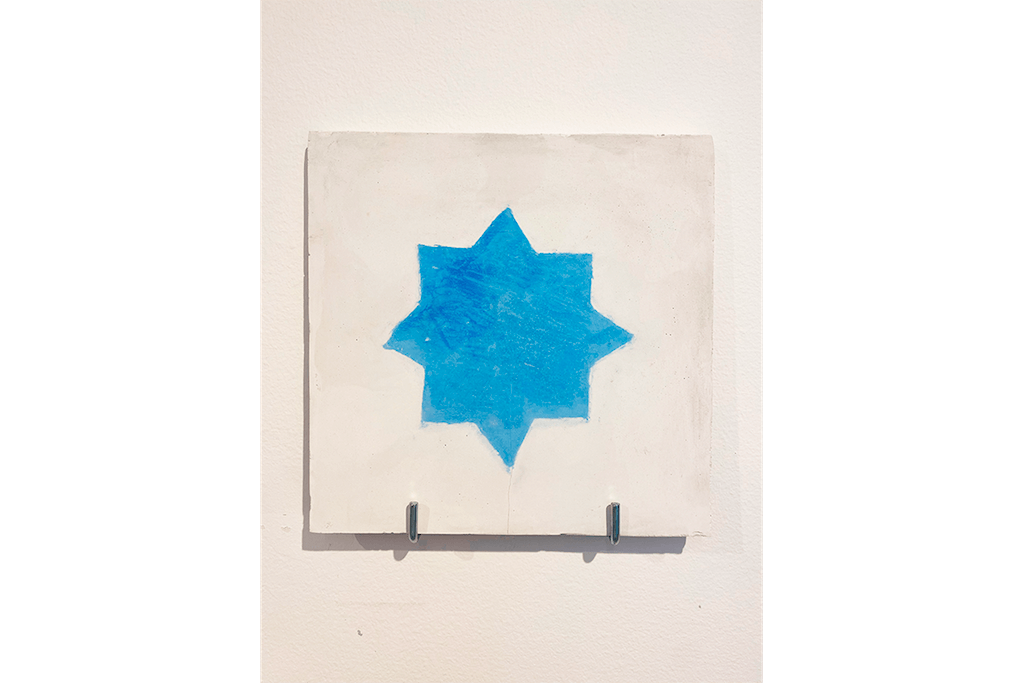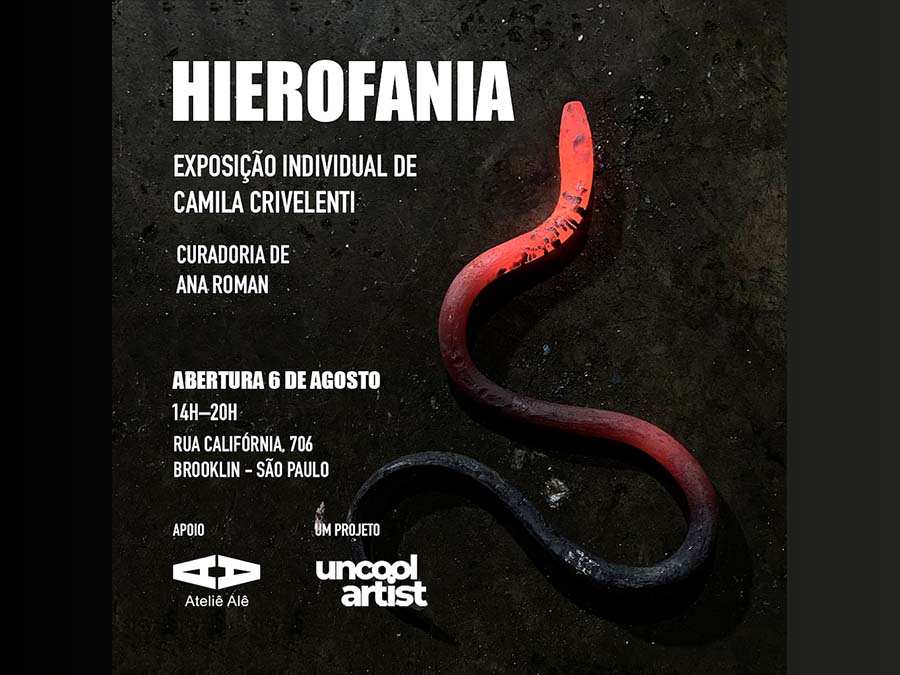
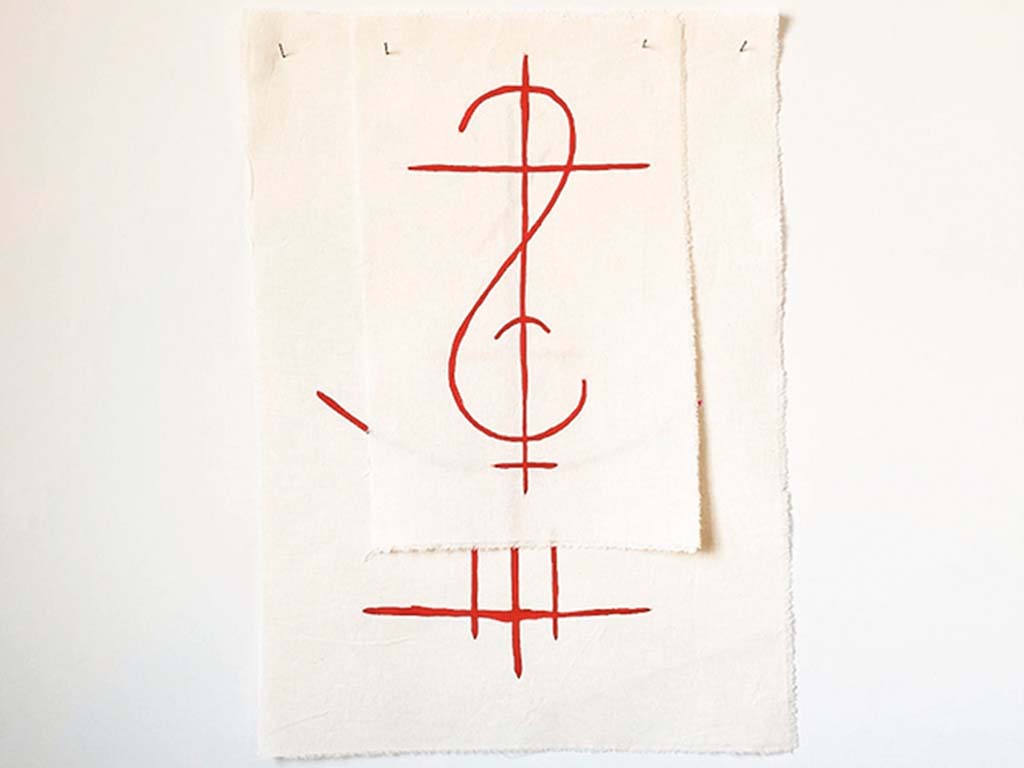

Hierofania [Hierophany]
Camila Crivelenti
Curator: Ana Roman
Opening: 06/08
Exhibition period: from 08/09 to 09/03/2022

Alchemy consists of a series of practical and theoretical teachings aimed at transforming and perfecting matter. The alchemists incessantly sought to compose the elixir of life from elements of nature. This form of apprehension of the world was, like witchcraft, historically subjugated, during the transition to the capitalist means of production, in the name of a universal, scientific and masculine knowledge (FEDERICI, 2017).
There are, however, important initiatives that seek to review alchemical cosmogonies from perspectives understood as scientific. Between the 1930s and 1940s, Carl Jung shifted alchemical teachings to the field of psychology. For him, the millennial wisdom of the alchemists could be an instrument for understanding and communicating the manifestations of the collective unconscious in the individual psyche. In this way, all psychic stages linked to the individuation process could be seen metaphorically from the alchemical stages. By abandoning its mystical beliefs, contemporary society does not find ways to explain the evil present in the world and in itself, relegating it to the unconscious.
Through alchemy, the individual is invited to look at himself, and consequently to confront his shadow, recognizing the dark aspects of his soul and persona. In Hierofania, a solo show by Camila Crivelenti, we are asked to practice this principle: we seek a more direct relationship with nature and with the universe that surrounds us.
The works in the show are almost textual enunciations. In them, texts are inscribed that are incomprehensible to a spectator, who seeks to decipher, like letters, the vertical and horizontal lines drawn and painted by the artist. In this opaque alphabet, we are able to identify repetitions and recurrences, whose meaning cannot be assigned a priori. Only the intimate relationship with such objects is what allows them to resonate in different chains of meaning and their possible sacred aspects. Crivelenti creates objects that mobilize the sacred that potentially exists in everything that surrounds us.
Hierophany, an exhibition titled after a term coined by Mircea Eliade and which can be defined as the act of manifestation of the sacred, is organized around nuclei named after the different alchemical phases. These phases would be, for alchemists, fundamental to the process of encountering the elixir of eternal life, the philosopher’s stone. The first alchemical phase would be the Nigredo: balance. In the show, this phase is made up of the series Bandeiras (2022). Each of the twelve flags in the series bears an inscription. By overlapping them, making it impossible to read the entire message inscribed in them, the artist points to the accumulation and overlapping of time, embedded in the surfaces of all objects that exist in the world. Flags wave to the multiverses (and also metaverses) that make up the fragile balance of the current moment.
The second phase, Albedo: purification, is made up of the installation Fonte dos Desires (2020). From a bowl of water, three totems rise, pointing to the sky. Albedo designates the reflectivity capacity of different materials, and, when we look at the planetary scale, this phenomenon is fundamental for atmospheric dynamics. In Fonte dos Destinos, human agency before the scale and strength of the planet is questioned: we can – and we are invited – to wish for other futures, however, we are inscribed in concrete and also spiritual contexts that escape our hands.
The third and fourth phases are, respectively, Citrinita: ripening and Rubedo: enlightenment. In Citrinita, there are the series Oratorios (2022), Tiles (2022) and Icons (2022). In the Oratories, horseshoes are juxtaposed with elements that refer to different Brazilian religious and cultural matrices. In Tiles and Icons, symbols and messages are inscribed, which somehow carry a certain universality. In the series that make up this phase, there is a certain stability in the messages and objects that, however, remain opaque to the viewer. In addition to writing, the artist is interested in matter – she uses raw materials such as iron, clay and wood. For her, the choice of these materials points to nature as an inexhaustible source of knowledge and also to an unconscious symbolic load contained in each one of them.
In Rubedo, the fourth and final phase that makes up the show’s constitutive narrative, there are two installations: Serpentes (2022) and a virtual installation created by the artist. In Serpentes, the viewer finds himself in front of cast iron sculptures in the shape of snakes, a metallic pendulum and is invited to complete the installation with a candle, using an Instagram filter available via QRCODE. In the virtual installation, the viewer is invited to enter the artist’s poetic universe of symbols. These works target the vital force contained in the nature of these beings that crawl on the planet. Understand them as a source of fundamental knowledge for the construction of another cosmogony, which perhaps starts from a hybridism between the virtual and physical universe.
In Hierofania, works by Crivelenti are brought together that understand existence on a scale greater than the everyday and earthly one. It is not a matter of domination and subjugation of nature, time and space to knowledge. The artist points to an urgent observation and practice in the world based on multiplicity and mystery. We don’t need to understand everything that surrounds us, but respect the opacities and make room for what we cannot understand.
Ana Roman

